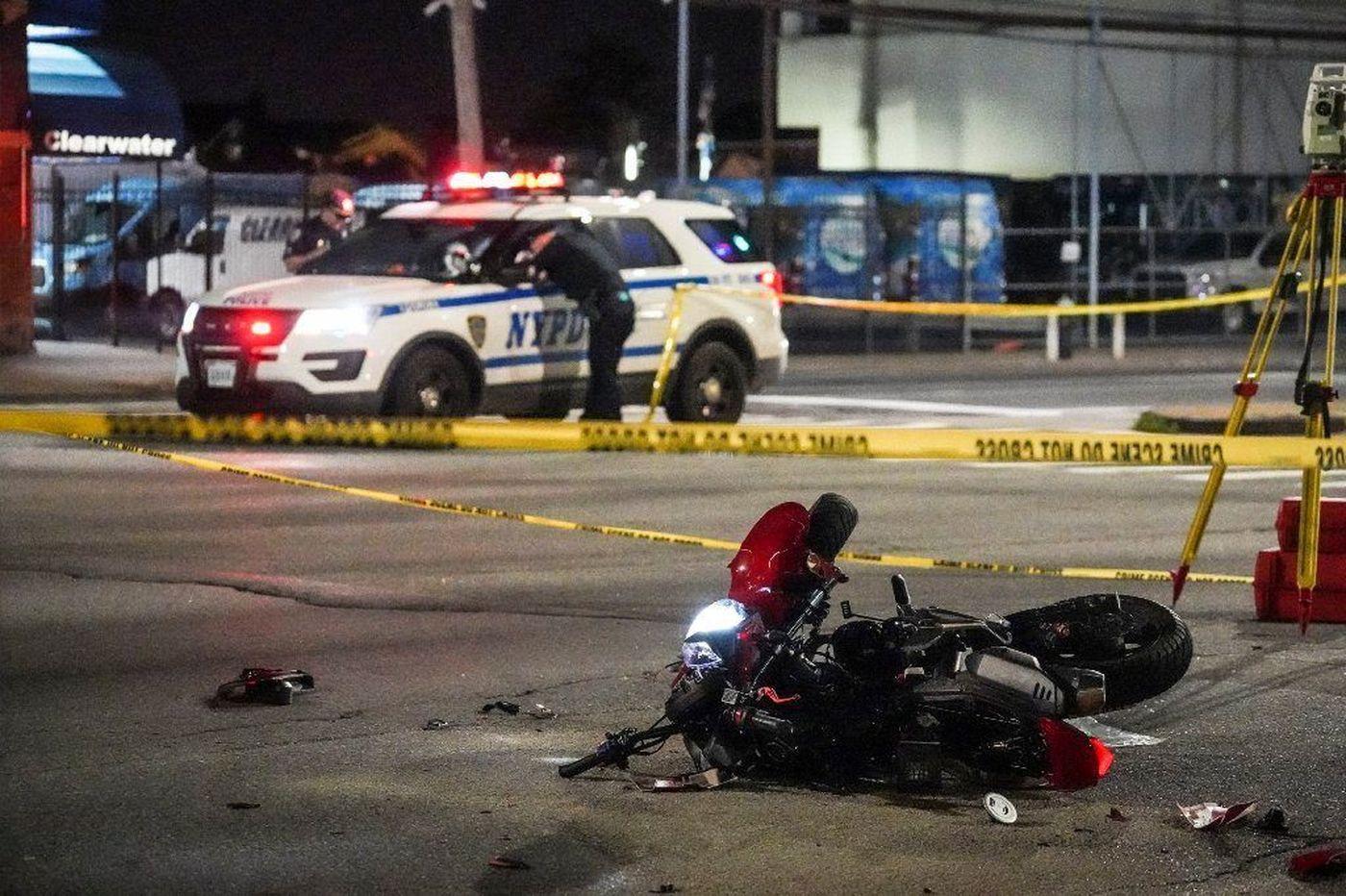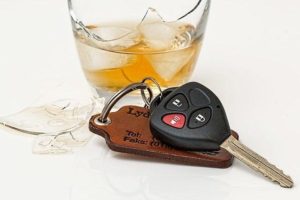How safe are motorcycles? Most of us know that motorcycles are inherently risky, but just how dangerous are they? And what factors are involved in motorcycle crashes? By analyzing the statistics, you can better understand your level of risk when you ride. Here are some interesting motorcycle safety facts for you to consider, compiled from a number of various studies.
Helmets Are a Must!
1. Helmets are the single most critical factor in the prevention of head injury.
2. Helmet use has not been found to reduce visual acuity, interfere with hearing, or in any other way contribute to crashes.
3. Full-face helmets help prevent injuries to the face.
4. Helmet use protects not just the head, but also the neck. There are significantly fewer neck injuries in crashes in which the biker wears a helmet.
5. Approximately 60 percent of bikers killed in crashes are wearing helmets, with the use lowest among younger, uneducated riders on short trips.
6. NHTSA estimates 1,859 lives were saved in 2016 through the use of motorcycle helmets. An additional 802 lives could have been spared had the victims been wearing helmets.
Injuries Abound.
1. Most crashes result in injuries. 98 percent of multiple vehicle crashes and 96 percent of single-vehicle crashes result in injuries, with serious injuries occurring in about 45 percent of these crashes. There is no such thing as a motorcycle fender bender!
2. Heavy boots, jackets, and protective gear help reduce the risk of scrapes, abrasions, and road rash, but do not help to prevent more serious injuries in most cases.
3. About half of the injuries that occur in motorcycle crashes involve the legs, knees, and ankles.
4. The severity of injuries increases based on speed, alcohol use, and the size of the vehicles involved.
Motorcycle Miscellany.
1. Unlicensed motorcycle riders (either never licensed or riding with a revoked license) are overrepresented in motorcycle crashes.
2. Approximately 75 percent of crashes involve another vehicle, while about 25 percent of motorcycle crashes are single-vehicle collisions. In single-vehicle collisions, the motorcycle strikes a stationary object or roadway.
3. About 66 percent of the single-vehicle collisions are a result of user error. They consist mainly of slides and falls and often occur in braking situations or while turning.
4. About 3 percent of motorcycle accidents are caused by mechanical failure, with a large number of those caused by tire problems.
5. Potholes, ridges in the pavement, and other defects in the roads account for about 2 percent of motorcycle crashes. Animals account for about 1 percent of crashes.
6. Most collisions with another vehicle occur when the vehicle violates the right-of-way of the biker. Many of these crashes occur because the driver of the other vehicle fails to notice the motorcycle.
7. Weather is a factor in only about two percent of motorcycle crashes. This may be due to the fact that few bikers travel in poor weather conditions.
8. Bikers who wear high visibility clothing (like neon jackets or clothing with built-in reflectors) are statistically involved in fewer crashes.
9. The average speed of a motorcycle prior to impact is about 30 miles per hour, with fewer than .1% of crashes involving a biker traveling at more than 86 miles per hour.
10. About 50 percent of crashes in which there is at least one fatality have alcohol as a contributing factor.
11. Over 90 percent of bikers killed in motorcycle crashes are male and nearly 70 percent of females killed in motorcycle accidents are riding as passengers.
12. 58 percent of fatalities in motorcycle crashes occur between the months of May and September. The number of fatalities is lowest in January and the highest in July.
13. Nearly half of all fatalities in motorcycle crashes occur on weekends, with most of them occurring after 6 pm.
14. About a third of motorcycle crashes involving fatalities occur when the biker was speeding.
For a free legal consultation,
call 1-800-668-6729
These facts highlight some of the leading causes of motorcycle crashes. When you’re riding a motorcycle, you are taking a higher risk. We understand and agree that often that risk is with the excitement and freedom that comes with riding a bike. Most bikers ride vigilantly and obey safe riding rules. Often, crashes occur when vehicle drivers are inattentive and fail to notice bikers on the road around them. If you or a loved one has been involved in a motorcycle crash, even if you feel you might be at fault, contact the team at Kass & Moses for experienced counsel. We fight tirelessly to help injured bikers get the compensation they deserve. Add 1-800-MOTORCYCLE on your cell phone today so you will have our number handy if you are ever involved in a crash!
Call or text 1-800-668-6729 or complete a Free Case Evaluation form


